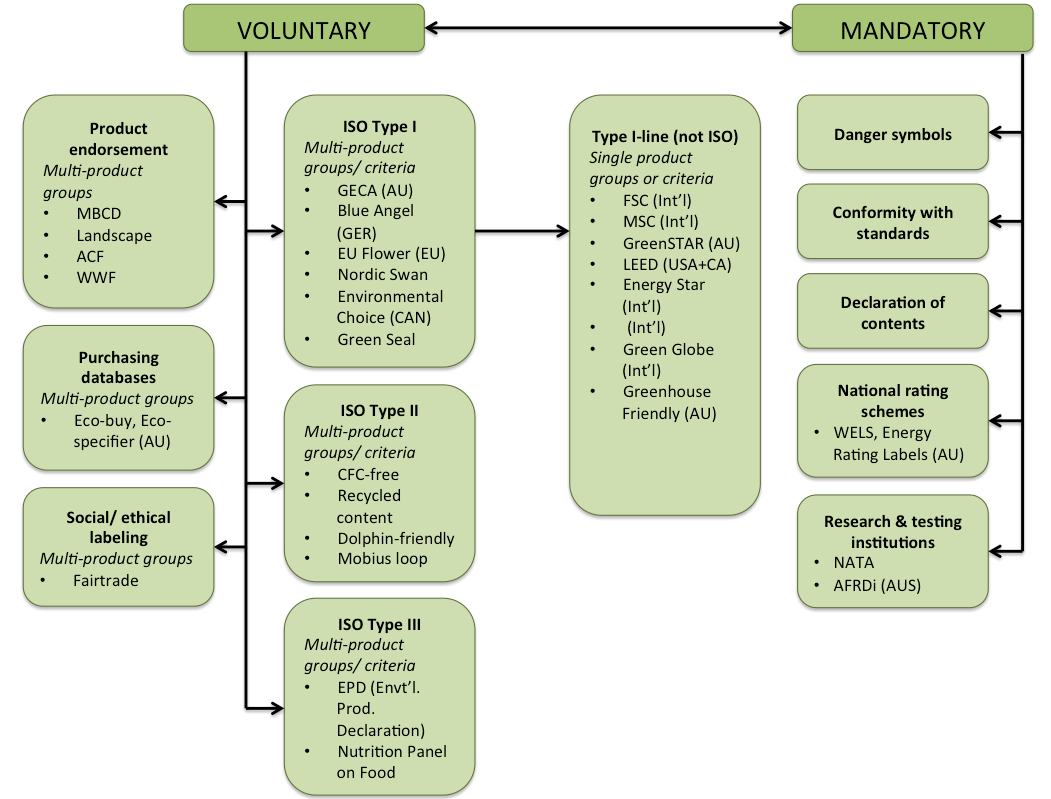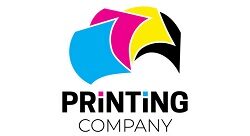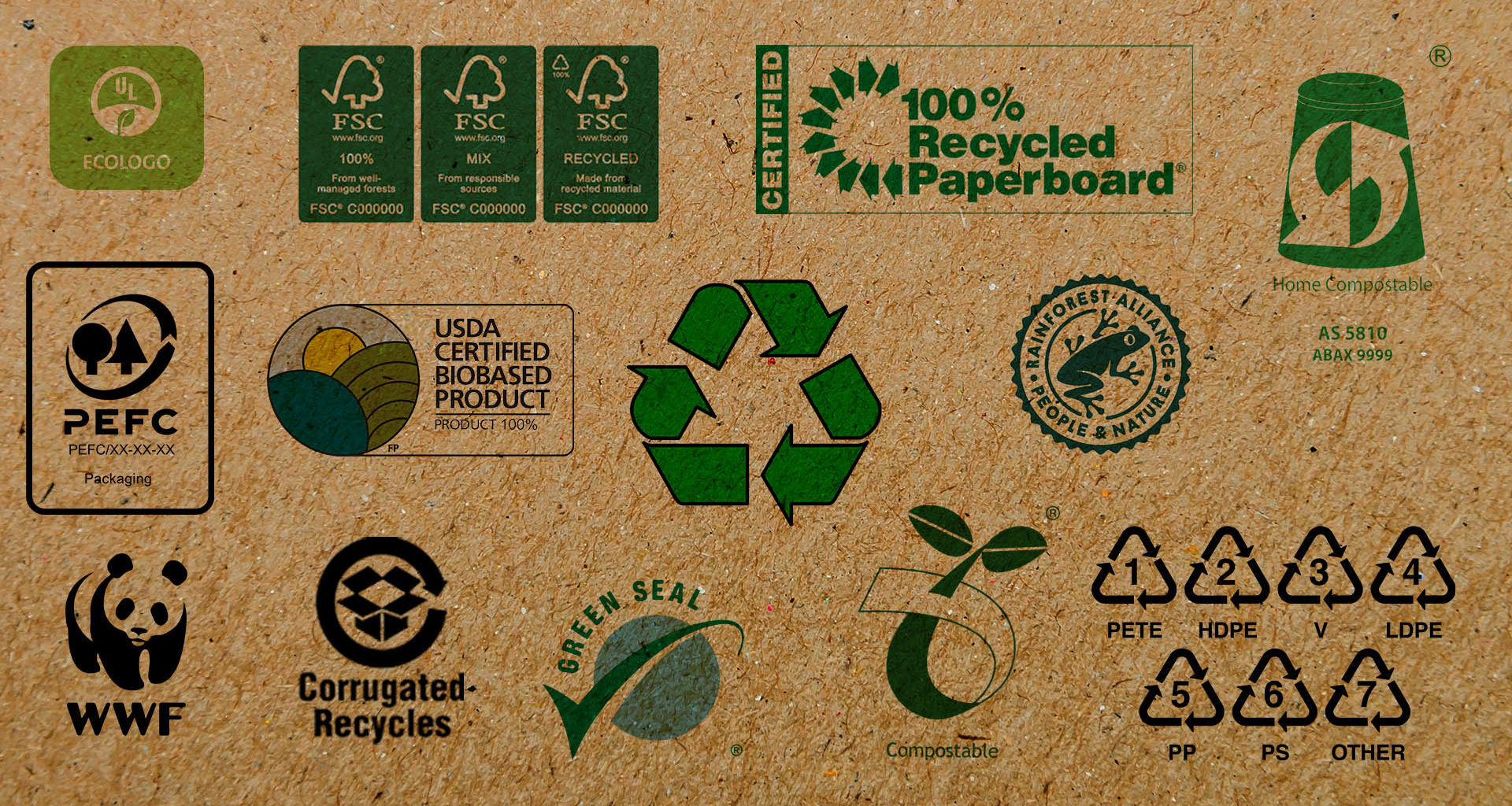Eco-Labels and Certifications: Understanding Green Printing Standards
Introduction
In today’s world, where environmental concerns are growing rapidly, it is essential for businesses and consumers alike to make sustainable choices. When it comes to printing and paper products, one way to ensure eco-friendliness is through the use of eco-labels and certifications. These standards not only help in identifying environmentally responsible products but also encourage the adoption of sustainable practices throughout the printing industry. This blog post aims to provide a comprehensive understanding of eco-labels and certifications related to green printing, enabling you to make informed choices and contribute to a greener future.
1. Forest Stewardship Council (FSC)
The Forest Stewardship Council (FSC) is one of the most widely recognized eco-labels for green printing standards. FSC certification ensures that the paper used is sourced from responsibly managed forests, where trees are harvested sustainably and biodiversity is protected.
2. Programme for the Endorsement of Forest Certification (PEFC)
The Programme for the Endorsement of Forest Certification (PEFC) is another prominent eco-label that certifies sustainable forest management. Like FSC, PEFC ensures that paper products come from responsibly managed sources and meet strict environmental, social, and economic criteria.
3. Chlorine-Free Products Association (CFPA)
The Chlorine-Free Products Association (CFPA) is an organization that promotes the use of chlorine-free processes in paper production. CFPA certification guarantees that the paper used for printing is manufactured without the use of harmful chlorine-based bleaching agents, reducing the impact on aquatic ecosystems.
4. CarbonNeutral® Certification
The CarbonNeutral® Certification is awarded to printing companies that have achieved carbon neutrality by accurately measuring and reducing their carbon emissions. This certification helps businesses identify printers that actively work to minimize their environmental impact through carbon offsetting and sustainable practices.
5. Energy Star Certification
Energy Star certification is typically associated with energy-efficient electronic devices, but it also extends to printing equipment. Printers with Energy Star certification meet strict energy efficiency guidelines, reducing energy consumption and minimizing the carbon footprint associated with printing operations.
6. Blue Angel Certification
The Blue Angel Certification, primarily recognized in Germany, sets stringent standards for environmentally friendly printing. Blue Angel certified papers are made from recycled fibers and have low levels of harmful substances, ensuring minimal environmental impact throughout the printing process.
7. EU Ecolabel
The EU Ecolabel, also known as the Flower label, is a voluntary certification scheme that guarantees the ecological quality of a product. This certification ensures that printing paper and related products meet specific environmental criteria, such as reduced water consumption and limited use of hazardous substances.
8. Rainforest Alliance Certified
Rainforest Alliance certification focuses on promoting sustainable practices that conserve biodiversity and protect ecosystems. This certification ensures that the paper used for printing comes from responsibly managed forests and supports local communities.
9. Recycling Symbol Certifications

Recycling symbol certifications, such as the Green Dot and Mobius Loop, indicate that the paper used for printing is recyclable or made from recycled materials. These symbols help consumers identify eco-friendly printed materials and encourage the recycling of paper waste.
10. Cradle to Cradle Certification
The Cradle to Cradle (C2C) Certification is a comprehensive eco-certification system that evaluates and certifies products based on their environmental, social, and economic impact. C2C certified printing materials are designed for biological and technical nutrient cycling, promoting a circular economy.
Summary
Whether you are a business owner or an individual looking to make greener choices in printing, understanding eco-labels and certifications is crucial. This blog post dives into the world of green printing standards, explaining the significance of eco-labels and certifications in promoting environmental sustainability. It explores some popular eco-labels and certifications, such as Forest Stewardship Council (FSC), Sustainable Forestry Initiative (SFI), and EcoLogo, outlining their criteria and benefits. By familiarizing yourself with these standards, you can easily distinguish eco-friendly printing products from the conve read more ntional ones. With the knowledge gained, you will be empowered to make conscious decisions and contribute to a more sustainable printing industry.
- Q: What are eco-labels and certifications?
A: Eco-labels and certifications are standards set by various organizations to evaluate and approve environmentally-friendly practices in the printing industry. - Q: Why are eco-labels and certifications important in green printing?
A: Eco-labels and certifications help consumers identify and choose products that have been produced using sustainable and environmentally-friendly practices. - Q: What are some well-known eco-labels and certifications in the printing industry?
A: Some popular eco-labels and certifications include Forest Stewardship Council (FSC), Sustainable Forestry Initiative (SFI), and the Programme for the Endorsement of Forest Certification (PEFC). - Q: What does the Forest Stewardship Council (FSC) certification indicate?
A: The FSC certification ensures that the paper used in printing comes from responsibly managed forests that meet strict environmental and social criteria. - Q: What does the Sustainable Forestry Initiative (SFI) certification signify?
A: The SFI certification demonstrates that the paper used in printing comes from forests that are managed in a sustainable manner, ensuring the protection of wildlife habitats and water quality. - Q: What does the Programme for the Endorsement of Forest Certification (PEFC) certification indicate?
A: The PEFC certification guarantees that the paper used in printing comes from forests that are managed in line with ecological, social, and ethical standards. - Q: How can I identify if a product has been certified with an eco-label?
A: Look for the eco-label logo or certification mark on the product’s packaging or label. It usually indicates the type of certification and provides assurance of the product’s eco-friendly attributes. - Q: Are eco-labels and certifications only limited to paper and printing materials?
A: No, eco-labels and certifications are also applicable to other aspects of printing, such as inks, toners, and printing equipment. Look for specific eco-labels that cover these areas if necessary. - Q: Can a printing company be certified with multiple eco-labels?
A: Yes, a printing company can pursue and obtain certifications from multiple eco-labels as long as they meet the respective criteria set by each certification body. - Q: Are eco-labels and certifications a guarantee of 100% sustainability?
A: While eco-labels and certifications ensure that certain environmental standards are met, they do not guarantee 100% sustainability. It is still important to consider other factors like energy usage and waste management in the printing process.

Welcome to my website! My name is Logan Truscott, and I am a professional Vehicle Wrap Designer with a passion for all things related to printing and design. With years of experience in the industry, I have honed my skills and expertise to provide top-notch services to my clients.

